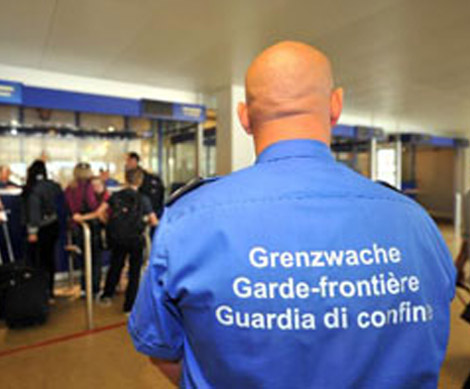Currently, Schengen Area consists of 26 member countries. All of these
countries are located in Europe, from which:

- 22 members fully implement the Schengen Aquis,
- Four of them – members of the EFTA, implement Schengen Aquis through Specific Agreements related to the Schengen Agreement.
- Iceland, Norway, Switzerland and Lichtenstein are associate members of the Schengen Area but are not members of the EU.
- Monaco, San Marino, and Vatican City have opened their borders with, but are not members of the visa free zone.
- The Azores, Madeira, and the Canary Islands are special members of the EU and part of the Schengen Zone even that they are located outside the European continent.
- There are six more EU members, that have not joined Schengen zone: Ireland and United Kingdom – that still maintain opt-outs and Romania, Bulgaria, Croatia, and Cyprus – that are seeking to join soon.
The external borders of the Schengen Zone reach a distance of 50,000 km long, where 80% of it is comprised of water and 20% of land. The area counts hundreds of airports and maritime ports, many land crossing points, an area of 4,312,099 km2, and a population of 419,392,429 citizens.
Note: Although most of the Schengen countries are in the European Union, you should not confuse the Schengen Area with the EU.




